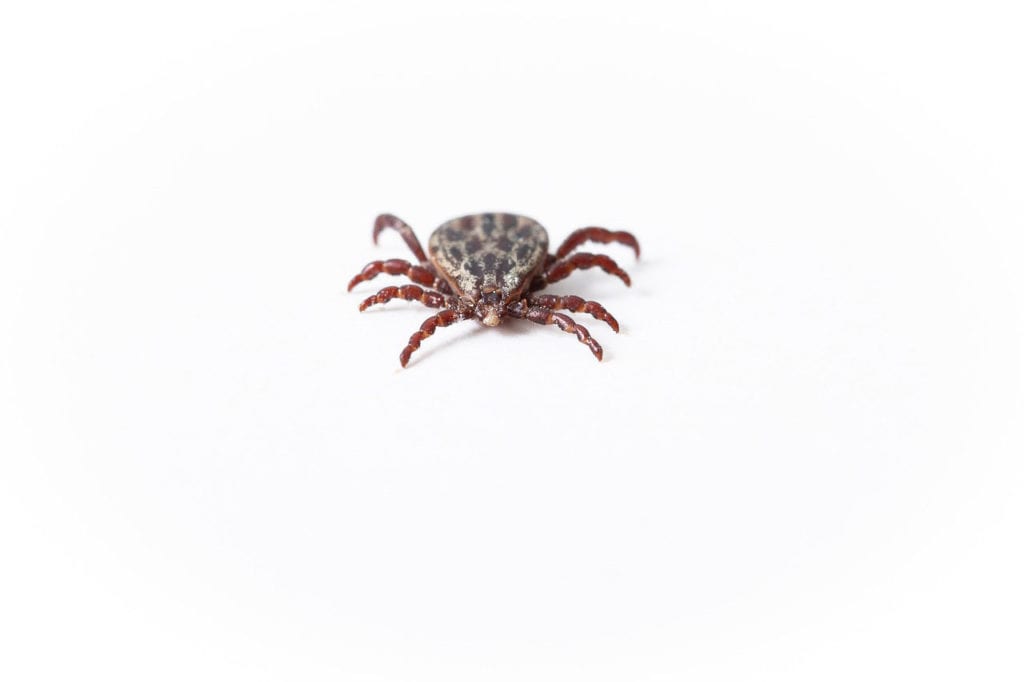According to a story from EurekAlert!, the results of a recent study have gathered valuable data about Lyme disease based on data from hospitals in England and Wales. The study found that the majority of Lyme patients were white and female. In addition, from the time period of 1998 to 2015, the rate of Lyme disease cases increased. The data results are valuable for how awareness of Lyme disease should be spread in the region.
About Lyme Disease
Lyme disease is an infectious disease caused by bacteria of the genus Borrelia. This bacteria is commonly spread to humans through the bite of a tick. In the US, the species of tick associated with Lyme disease is called the deer tick or the black legged tick (Ixodes scapularis). A tick must be attached to a person for at least 36 hours to transmit the bacteria. Symptoms of this disease include a distinctive bullseye rash surrounding the bite, fatigue, malaise, headache, and fever. Delays in treatment can lead to more serious symptoms, such as facial paralysis, mood changes, memory loss, sleeping difficulties, meningitis, arthritis, and others. In most cases, prompt treatment can effectively cure the infection. Delayed treatment increases the chance of serious complications and long term, lingering symptoms. The number of cases of the disease appears to be growing annually. To learn more about Lyme disease, click here.
Study Findings
The study data included information from 2,361 patients and revealed that the disease was most common in the south and west of England. In addition, new cases tended to appear in August more than any other time of year. The study helps a fill a critical gap demographic data related to Lyme and will give health officials critical information about how these patients are managed and treated in the country’s health system. 60.1 percent of patients were women and new cases tended to appear in younger children (age 6-10) and in older adults (age 61-65).
While these age ranges are a challenge to explain, it may be that people in these age ranges are simply more likely to participate in leisure pursuits in areas where disease carrying ticks live.
When going into areas where ticks live, such as tall grass, thick brush, or forest, remember to wear long pants and bug spray to avoid contact with these parasites and to investigate your body thoroughly for ticks when you get home.
Check out the original study, found in BMC Public Health, here.








